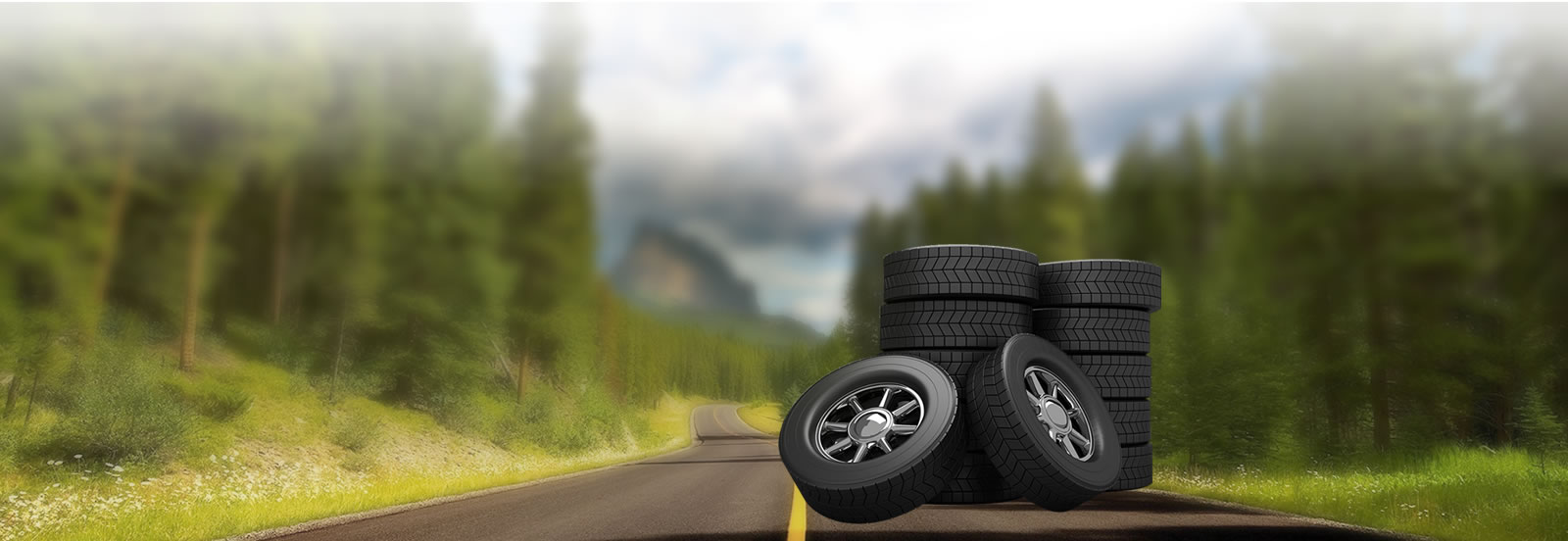

Recycled rubber powder , granules are mixed with polyurethane and then painted to produce running surfaces. The use of recycled rubber assists with impact absorption, increased performance and injury reduction.
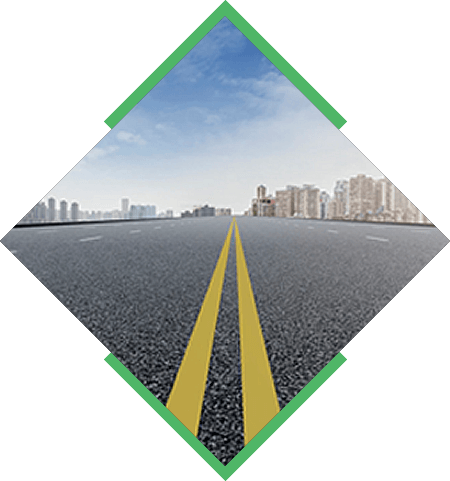
Rubberized asphalt is a high-performance alternative to traditional paving material. It is a mix of asphalt and recycled rubber derived from scrap tires; crumb rubber can comprise 15-22% of the mix in rubberized asphalt for highway construction. In use for more than 40 years, rubberized asphalt is laid using the same equipment as traditional asphalt in most cases. Rubberized asphalt highways have been proven to reduce tire noise by upwards of 12 decibels for a quieter ride. Improved resistance to cracking and rutting reduce long-term maintenance costs. Plus, recycled rubber derived from scrap tires provides a reliable and consistent supply of paving material.
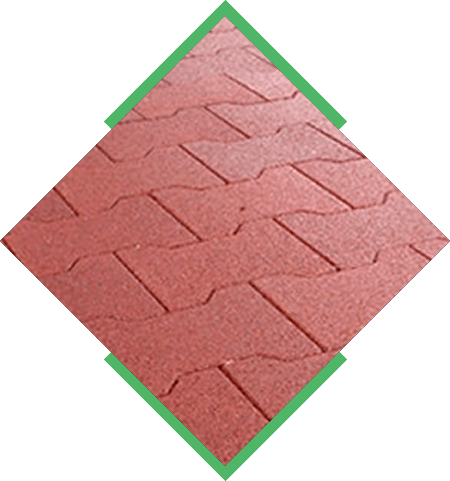
Crumb rubber is used to produce equine arena surfacing and rubber pavers, for enhanced cushioning and better traction for horses and livestock. Rubber pavers are an alternative to traditional flooring in barns, wash racks, stables, and breezeways. They are anti-fatigue and slip-resistant surfaces when wet or dry. The equine performance industry has reported noticeable improvement in movement, flexibility, and hoof quality, and a reduction in fluid retention. New age pavers are less than 1/6 the weight of old padded materials, saving fuel and cost in transportation.
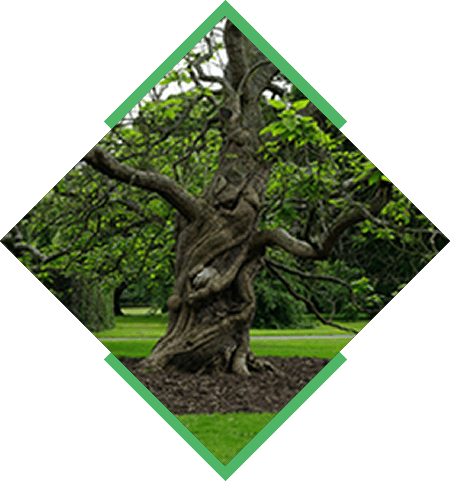
One of the best applications for recycled tires is to turn them into rubber mulch for gardening and landscaping. Rubber mulch serves many of the same purposes as regular wood mulch but it has the added benefits of longer lasting durability, high permeability, and a weight that keeps it from blowing away. Rubber mulch does not absorb any rain water so it allows more water to reach plant roots. Another plus is that unlike some wood mulches, rubber mulch does not feed pests, such as termites or carpenter ants. Additionally, rubber mulch eliminates the need for annual mulching—while wood mulch degrades and fades quickly from sun exposure, rubber mulch does not decompose and should maintain its color for more than 10 years.
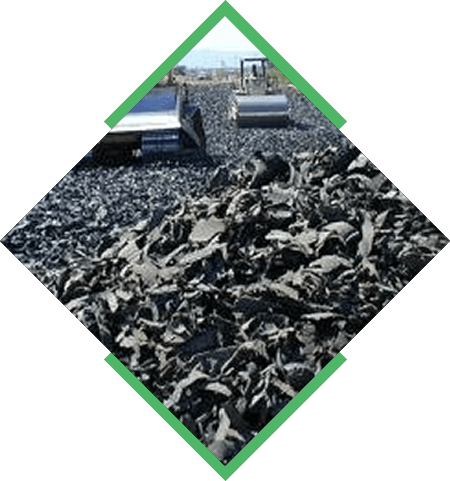
Derived aggregate for use in civil engineering applications can help create a more sustainable future. Tire-derived aggregate is made by reducing scrap tires into shreds as a sustainable and cheaper alternative to conventional lightweight fill. Shreds of six inches and more are used as permeable fill for infrastructure projects. The performances of retaining walls depend upon the type of backfill. Tire-derived aggregate has 1/3 the weight of soil, drains 10 times better than soil, insulates 8 times better than stone, and costs less than sand and gravel.

Recycled tire rubber is being incorporated into an increasing number of products used during building construction, both indoor and outdoor. Products include accessibility ramps that have no load weight limitations; flooring products and rubber flooring underlayments; a variety of sealants, coatings, and caulking; contemporary roofing systems; and waterproof membranes. Industrial feedstock is made by reducing scrap tires into fine size granules for manufacturing and industrial processes. This type of crumb rubber can be used in automotive parts, paints and coatings, portable speed bumps, and other road traffic equipment.

Hundreds of companies make a variety of products for consumers from recycled crumb rubber, including automobile floor mats, spacers and washers, weightlifting plates, vehicle mudguards, stamped rubber products, and dock bumpers. Rubber recyclers are constantly working to find new and innovative consumer applications and markets for their products.
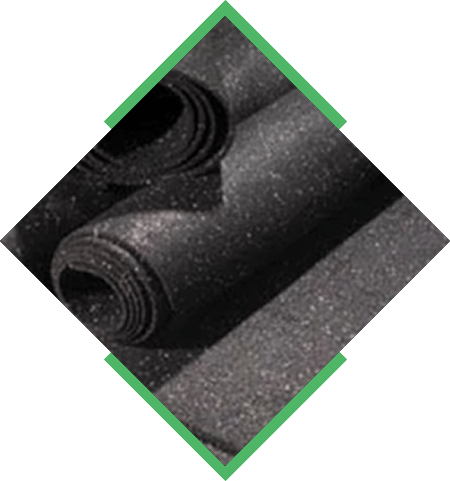
Manufacturers use crumb rubber for high-quality performance acoustic rubber underlayment in schools, hospitals, hotels, and multi-family housing and gymnasiums. The rubber material provides a resilient layer to reduce the passage of impact transmission noise. The rubber underlayment can be placed under ceramic tile, stone, solid hardwood, engineered hardwood, and laminate flooring. Unlike natural cork, recycled rubber remains durable and will not become brittle with exposure to air. Rubber underlayment can also act as a crack suppression membrane, preventing cracks from damaging the flooring above. In addition, it can cushion and insulate ceramic and laminate floors.